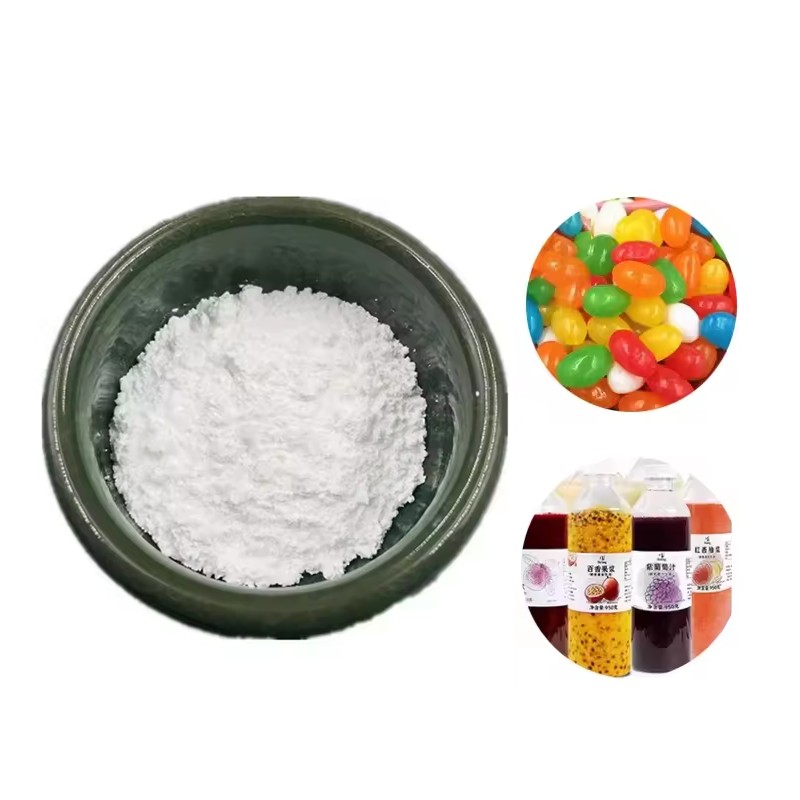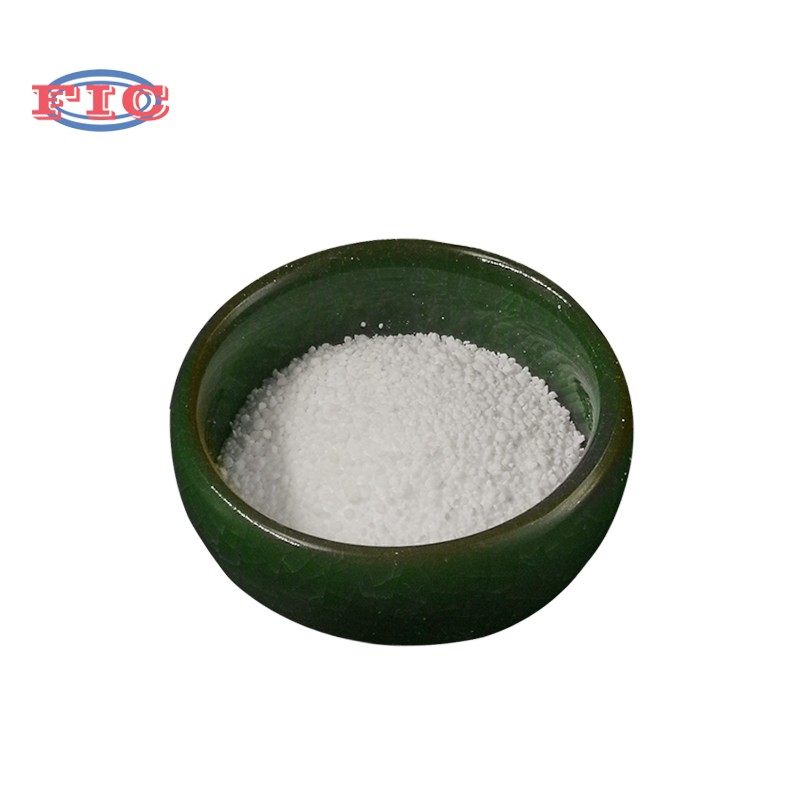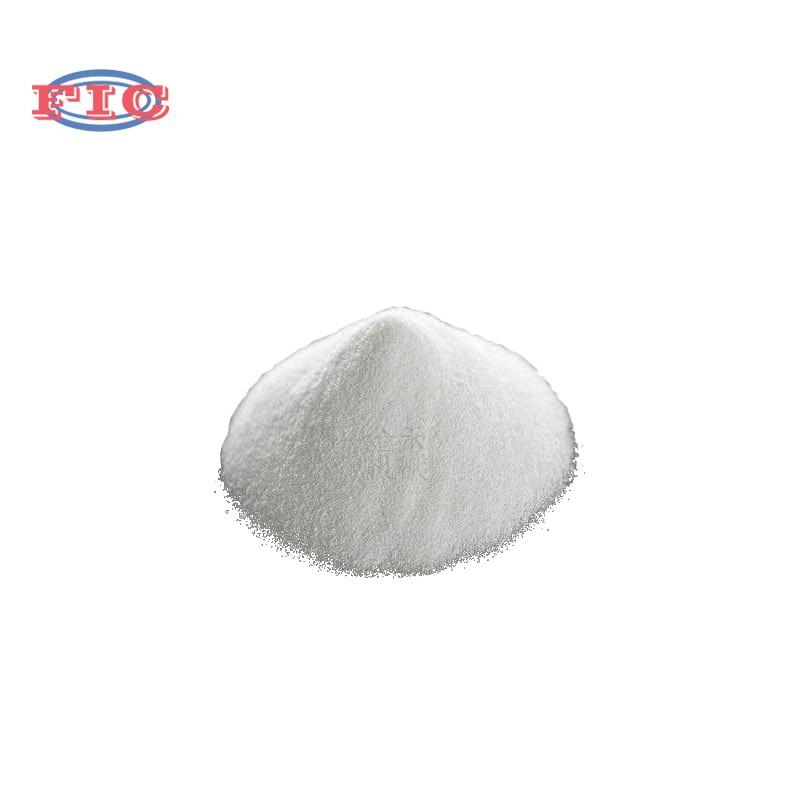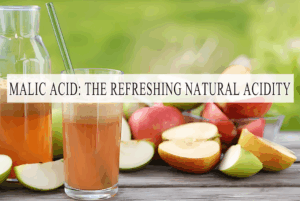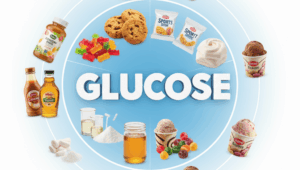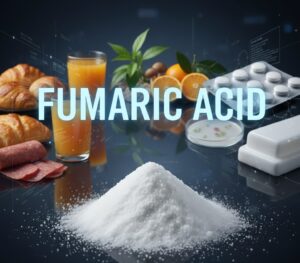Vanillin, a cornerstone of flavor chemistry, permeates daily life through countless consumer products. As the primary flavor component of natural vanilla, this aromatic compound has become indispensable in food production, cosmetics, and pharmaceuticals worldwide. Understanding its chemical properties, sourcing methods, and safety profile reveals why vanillin remains a billion-dollar industry staple.
Chemical Identity and Properties
Chemically classified as a phenolic aldehyde with the formula C8H8O3, vanillin (4-hydroxy-3-methoxybenzaldehyde) naturally occurs as a secondary metabolite in vanilla orchids (Vanilla planifolia). Its molecular structure features a benzene ring with hydroxyl, methoxy, and aldehyde functional groups, which interact to produce its characteristic warm, sweet aroma and flavor. Soluble in ethanol, glycerol, and propylene glycol, it exhibits thermal stability that makes it suitable for high-temperature processing in baking and confectionery.
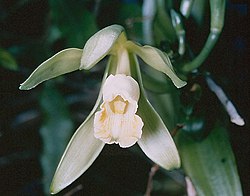
Natural vs. Synthetic Sources
Natural vanillin is extracted from cured vanilla pods through solvent or mechanical processes, yielding a precious flavoring agent with limited supply due to the labor-intensive cultivation of vanilla orchids. Global production of natural vanillin remains below 1% of total vanillin output, primarily sourced from Madagascar, Indonesia, and Mexico.
Synthetic vanillin, accounting for over 95% of global production, is primarily derived from petrochemical precursors like guaiacol and glyoxylic acid via industrial synthesis. Recent advancements have introduced bio-based vanillin produced from renewable resources such as lignin (a byproduct of paper manufacturing) and fermented glucose, offering sustainable alternatives that meet clean-label consumer demands.
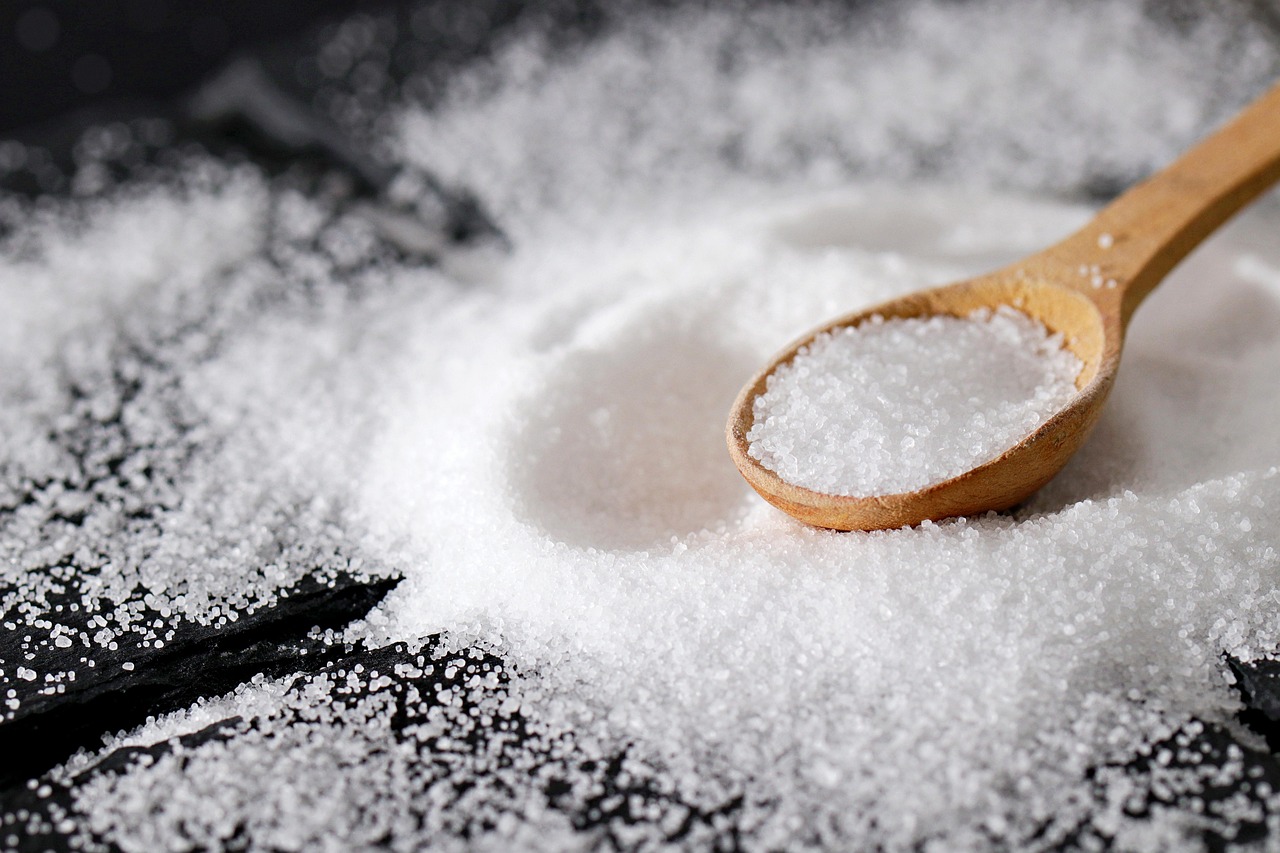
Versatile Applications Across Industries
The food and beverage sector represents the largest market for vanillin, valued at over $600 million annually. It enhances flavor profiles in baked goods, dairy products, confectionery, and beverages, often combined with other flavor compounds to create complex sensory experiences. In savory applications, it adds depth to sauces, snacks, and processed meats.
Beyond food, it serves as a key ingredient in cosmetics and personal care products, providing pleasant scent notes in perfumes, lotions, and oral care items. Its antioxidant properties make it valuable in skincare formulations. The pharmaceutical industry utilizes vanillin as a flavor mask for bitter medications and as a stabilizer in certain drug formulations.
Safety and Regulatory Status
Regulatory bodies worldwide, including the FDA and EFSA, have confirmed vanillin’s safety when consumed within acceptable daily intake levels (ADI). The Joint FAO/WHO Expert Committee on Food Additives (JECFA) established an ADI of 10 mg/kg body weight, a threshold rarely exceeded in normal consumption patterns. Current research indicates no genotoxic or carcinogenic effects associated with vanillin, supporting its GRAS (Generally Recognized as Safe) status in food applications.
Market Trends and Sustainability
The global vanillin market continues to grow at a 5.2% CAGR, driven by increasing demand for natural and clean-label ingredients. Biotechnological innovations in microbial fermentation are enabling more sustainable vanillin production methods, reducing reliance on petrochemicals and addressing environmental concerns. Consumer preference for traceable, ethically sourced ingredients is pushing manufacturers toward transparent supply chains for both natural and bio-based vanillin products.
As flavor science advances, it remains a critical reference point for flavorists and food scientists. Its unique sensory properties, versatile applications, and ongoing innovation in production methods ensure vanillin will maintain its position as a fundamental component of the global flavor industry for decades to come.

